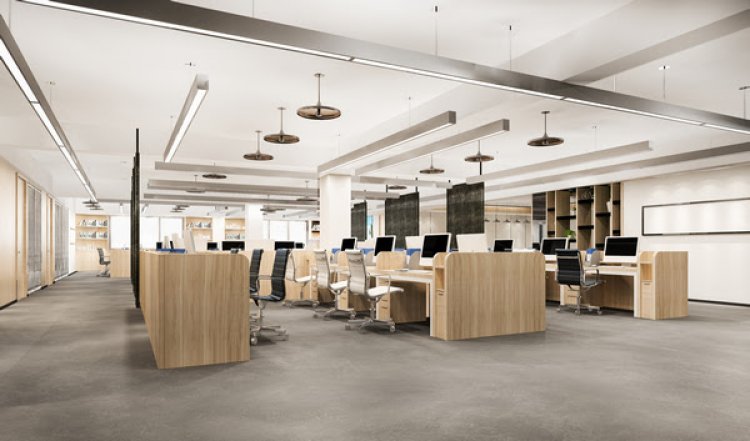Homes and Offices In Pandemic Times - How Much Has Changed?

Over the course of 8-10 months, many Indian companies were surprised to find that WFH works better than expected. The acute phase of the pandemic lasted well over 18 months, and this was long enough to bring about profound changes in habits and perceptions. A lot of Indians became used to and quite comfortable with working from home.
When the time has finally come to go back to office work, some resistance is natural. By now, Indians' relationships with their homes and workplaces have changed a lot. Many employees would prefer to continue to WFH. As a sort of compromise, some companies are offering the 'hybrid' model of working - working partly from home and partly from the office.
This is a huge change to take place in less than two years. Until the pandemic, Indians saw their homes and offices as distinctly separate places, each having its own functions and benefits. Nobody could have predicted that Indians could adapt so well to working from home.
Apart from consultants and freelancers, most Indians preferred working from offices before the Covid-19 pandemic. There were good reasons for this.
Offices have played a major role in maintaining productivity and motivation. But in less than two years, people all over the world re-engineered their homes to double as offices. For those fortunate to have enough space for a home office, all it took was a laptop and Internet connection, and a change in furniture layout and routine.
It is certainly remarkable that Indian companies could become comfortable with employees working from home. But we ourselves changed tremendously in the last 18 months.
Homes became so important that housing prices did not reduce even during the worst parts of the pandemic. Demand began rising as more and more Indians became aware of the need to own and control their living in spaces. Homebuying sentiment was growing even before the first wave was over and has remained on a high since then.

Temporary Changes, Or Permanent Ones?
According to a report by Australia-based research agency PaperGiant in November last year, approximately 83% of Indian employees were not comfortable with returning to the office when there were no vaccines available. A recent survey by LinkedIn indicates that 72% of Indians now want to return to the office.
So much has changed and continues to change. While some changes are temporary, others are most probably permanently.















































